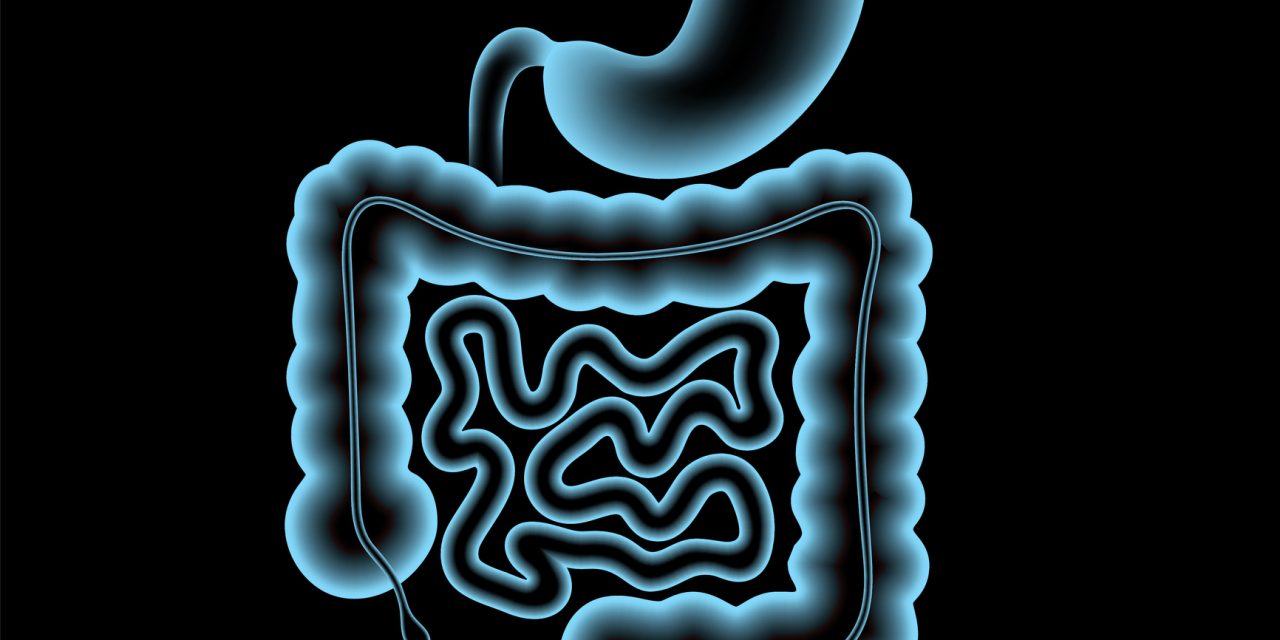Achalasia is an esophageal motility disorder with many available therapies. Peroral endoscopic myotomy (POEM) is a therapeutic alternative to surgical myotomy, harboring significant potential short term advantages. Our aim was to analyze a single-series POEM’s learning curve, safety and efficiency over short, medium and long-terms in an East European Center.
This observational, prospective study was carried out in the Regional Institute of Gastroenterology and Hepatology, Cluj-Napoca, Romania. Patients with symptomatic achalasia (Eckardt score>3) and pre-op evaluations consistent with the diagnosis of achalasia were included. All POEMs were performed by a highly skilled endoscopist. All patients were allowed to eat 48 hours after POEM. An esophagography was performed in all patients to exclude any leakage. The patients were asked to return for follow-up at established intervals: 1 month, 6 months, 12 months, and annually thereafter.
136 patients were included with an average duration of symptomatology of 36.75 months. The procedure was technically successful in all patients, while a clinical success rate was achieved in 87.5% (n=119) of patients after one POEM session. The success rate was 92.64% after 6 months, 91.17% after one year, 88.9% after 2 years, and 87.5% after 3 years or more; 12.5% of patients required additional treatment. Eighteen patients (13.23%) presented major early complications. Gastroesophageal reflux disease was encountered in 16 patients immediately after POEM and in 22 patients at subsequent follow-ups.
POEM is a safe and effective minimally invasive therapeutic option which can substitute surgical myotomy, having a high success rate and a low rate of adverse events in short, medium and long-term.
POEM: Five Years of Experience in a Single East European Center.


